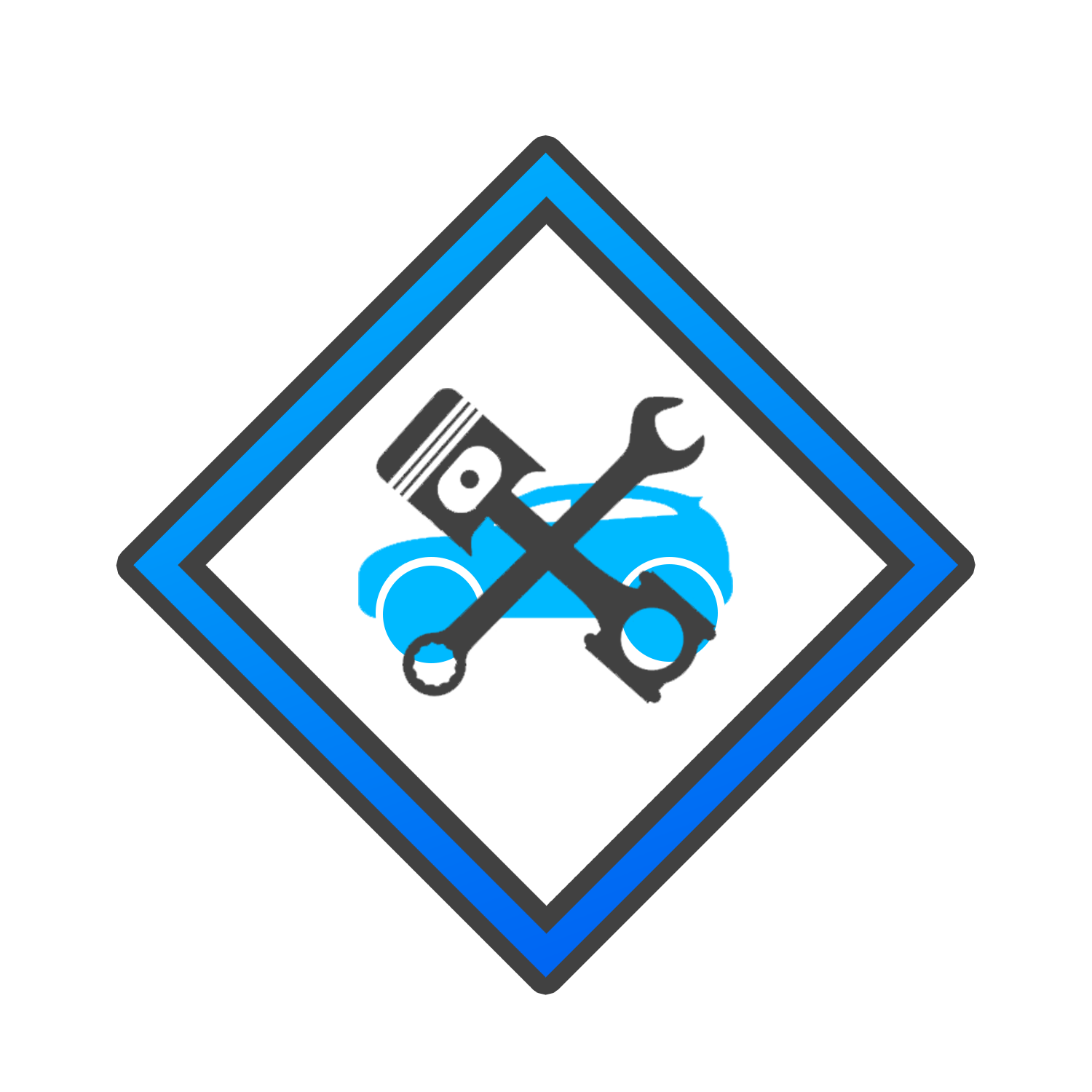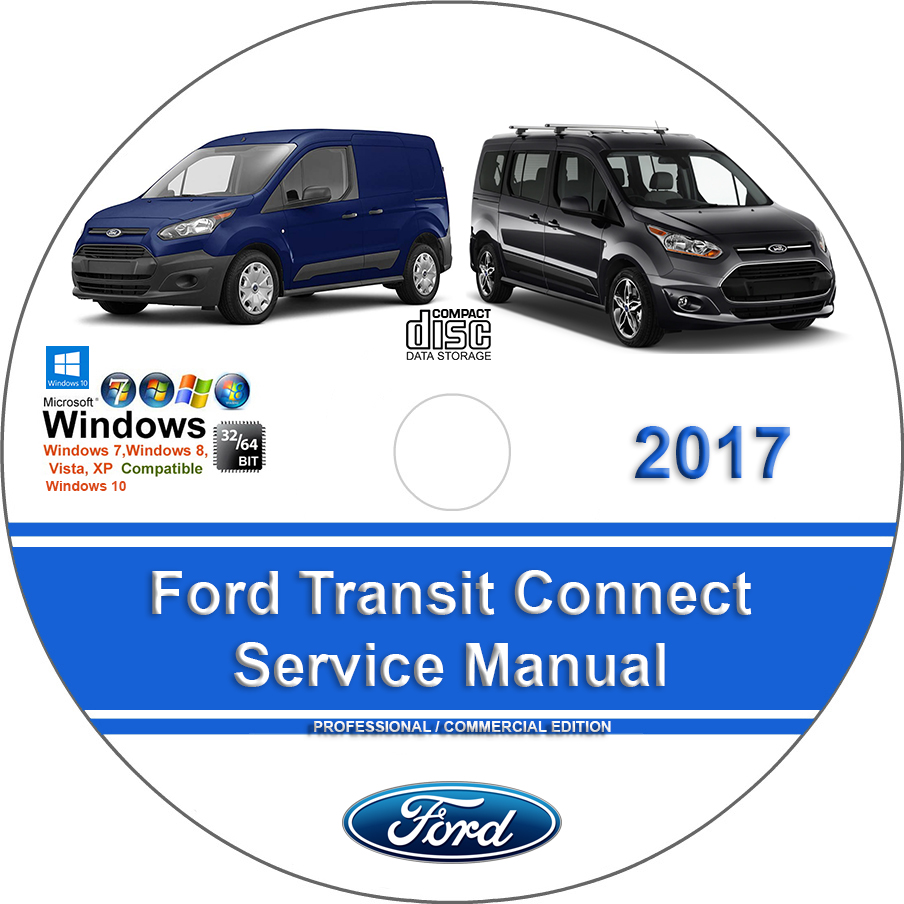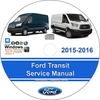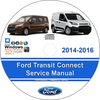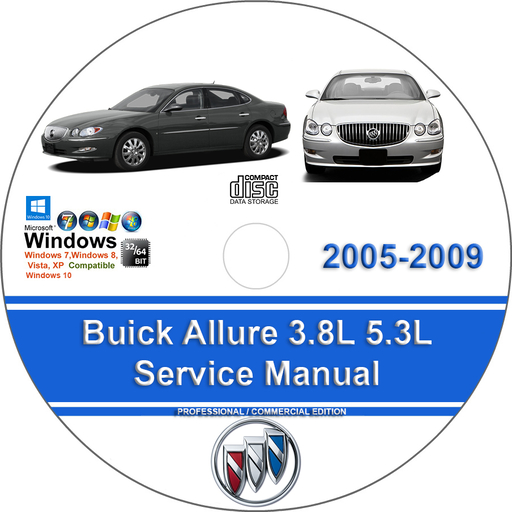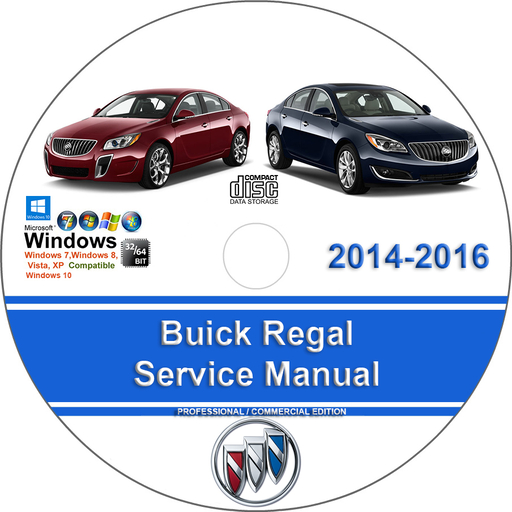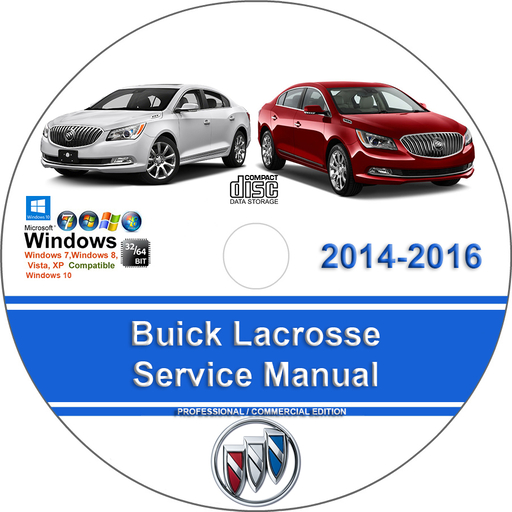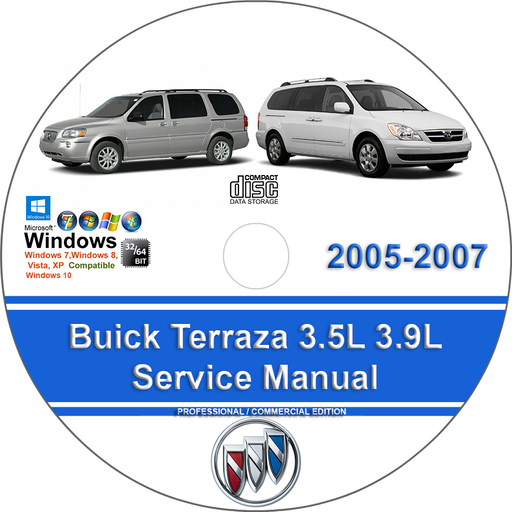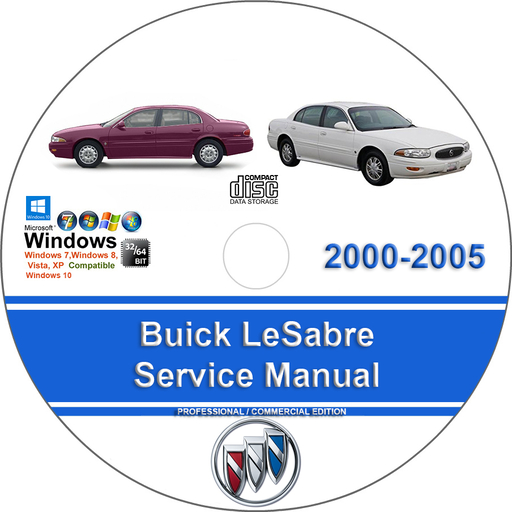Ford Transit Connect 2017 Factory Service Repair Manual + Wiring
$34.00 – $42.00Price range: $34.00 through $42.00
Ford Transit Connect 2017 Factory Service Repair Manual + Wiring
You can download this or I can ship it to you.
Loaded with Hi Resolution illustrations, instructions, photos, and diagrams, complete to service and repair your FORD.
Pages: 7500+
Ford Transit Connect 2017 Factory Service Repair Manual + Wiring
The Ford Transit Connect wagon consolidates unwavering quality, largeness and solace into a business minimal minivan, accessible in three trim levels. Standard equipping offers 16″ steel wheels, remote passage, every single fueled adornment, all-climate floor mats, vinyl upholstery, overlay level traveler seating, tilting and extending guiding haggle speaker sound framework. Choices can include back atmosphere vents, additional seating in the back, haze lights, controlled side mirrors, calfskin upholstery, CD player, longer wheelbase, bigger combination wheels, computerized wipers, fueled/warmed, fueled front seating, front/back stopping sensors, towing bundle, all encompassing sunroof, 6.5″ touchscreen, GPS and that’s just the beginning. This van includes an upgradable 2.5-liter four-chamber motor that is evaluated at 169 drive and 171 pound-feet of torque.
Updates: XLT and Titanium trim levels include programmed fog light activity, back park-help sensors, a 6-way power driver’s seat, and rooftop rails as standard hardware
Short-wheelbase model offered in Titanium trim
Titanium trim level additions standard Sync 3 infotainment framework with 6.5-in. contact screen show (discretionary for XLT)
New Guard Metallic paint shading
Models Covered :
Ford Transit Connect 2017
Manual Covers :
Accessories & Body, Cab:
APIM Hardware Testing
BCM Hardware Testing
Body Panel System – Body Closures
Body Panel System – Body Repairs – General Information
Body Panel System – Front End Body Panels
Body System – Uni-Body, Subframe and Mounting System
Bumper System
Cruise Control System
Exterior Lighting System
Exterior Trim and Ornamentation
Handles, Locks, Latches and Entry Systems
Horn System
Information and Entertainment System – General Information – Vehicles With AM FM
Information and Entertainment System – General Information – Vehicles With AM FM CD
Information and Entertainment System – General Information – Vehicles With AM FM CD SYNC
Information and Entertainment System – General Information – Vehicles With AM FM CD SYNC
Touchscreen Display
Information and Entertainment System – General Information – Vehicles With Ford Telematics
Instrument Panel and Console
Instrument Panel and Interior Switches Illumination
Instrumentation, Message Center and Warning Chimes
Interior Lighting System
Interior Trim and Ornamentation
IPC Hardware Testing
Module Communications Network
Module Configuration System
Multifunction Electronic Modules
Parking Aid System – Vehicles With Parking Aid Camera
Parking Aid System – Vehicles With Rear Parking Aid
Passive Anti-Theft System (PATS)
Perimeter Anti-Theft Alarm System
Rear View Mirrors
Seating System – Front
Seating System – Second Row
Seating System – Third Row
Side and Rear Vision System
Steering Wheel and Column Electrical Components
Windows and Glass – Glass, Frames and Mechanisms
Wiper System and Washer System
Automatic Stop/ Start Disable:
Automatic Stop/ Start Disable
Brakes:
Anti-Lock Brake System (ABS) and Stability Control
Brake System – General Information
Front Disc Brake System
Hydraulic Brake System Actuation
Parking Brake System – Parking Brake and Actuation
Power Brake Actuation – Brake Booster
Rear Disc Brake System
Canadian Model Reference:
Canadian Model Reference
Collision:
Body Panel System – Paint – General Information
Common Specs and Procedures:
Common Specs and Procedures
Driveline and Axles:
Front Drive Halfshafts
DTC Index:
DTC Index
EGR Function Testing:
EGR Function Testing
Electrical:
Charging System – General Information
Charging System (Battery, Mounting and Cables)
Generator and Regulator
OEM Component Harness Location Charts
OEM Component Harness Location Views
OEM Connector End Views
OEM Connector Repair Procedures
OEM Electrical Wiring Diagram Introduction
OEM Fuse And Relay Location
OEM Ground Distribution
OEM Vehicle Repair Location Charts
OEM Wiring Diagram Symbols
OEM Wiring Diagrams
OEM Wiring Diagrams Component Testing
Emission:
Applications
Control Abbreviations
Engine:
Accessory Drive Belt System – 2.5L Duratec
Engine – 2.5L Duratec
Engine Cooling – 2.5L Duratec
Engine Ignition System – 2.5L Duratec
Engine System – General Information
Exhaust System – 2.5L Duratec
Fuel System – General Information – 2.5L Duratec
Fuel Tank and Fuel Lines – 2.5L Duratec
Starting System – 2.5L Duratec
Engine Performance:
Acceleration Control System
Electronic Engine Controls – 2.5L Duratec
Engine Controls – Description & Operation
Engine Controls – Diagnostic Methods
Engine Controls – Introduction
Engine Controls – Pinpoint Tests
Engine Controls – Powertrain DTC Charts & Descriptions
Engine Controls – Reference Values
Engine Controls – Symptom Charts
Engine Emission Control System – 2.5L Duratec
Evaporative Emissions System – 2.5L Duratec
Firing Order & Cylinder Identification –
Fuel Charging and Controls – 2.5L Duratec
Intake Air Distribution and Filtering System – 2.5L Duratec
Mode 6
General Information:
Anti-Lock Brake Safety Precautions
Clutch Trouble Shooting
Color-Coding
Commonly Used Abbreviations
Drive Axle Noise Diagnosis
Electrostatic Discharge (ESD) Warning – Basic Information
Engine Displacement Conversion Table
Engine Overhaul Procedures
Engine Performance Diagnostic Routine Outline
Engine Performance Safety Precautions
English-Metric Conversion Chart
Gear Tooth Contact Patterns
General Cooling System Service
General Information
Identification Codes
Jacking and Lifting
Maintenance Schedules
Manual Transmission Trouble Shooting
Noise, Vibration and Harshness
Parasitic Load Explanation & Test Procedures
State Emission Standards – Gasoline
State Emission Standards
Symptom Check List Worksheets
Trouble Shooting – Basic Procedures
TROUBLE SHOOTING
Using Wiring Diagrams
Waveforms – Injector Pattern Tutorial
Wheel Alignment Theory & Operation
HVAC:
Climate Control System – General Information
Rear Climate Control System
Supplemental Climate Control System
Reminder Indicator Reset Procedures:
Reminder Indicator Reset Procedures
Restraints:
Safety Belt System
Supplemental Restraint System
Steering:
Electronic Power Assist Steering Component Testing
Power Steering System
Steering Column
Suspension:
Ford Wheel Alignment Specifications
Front Suspension System
Rear Suspension System
Suspension System – General Information
Tire Pressure Monitoring System (TPMS)
Wheels and Tires System
System Wiring Diagrams:
Wiring Diagrams
Tire Pressure Monitor Systems:
Tire Pressure Monitor Systems
Traction Control:
4WD and AWD
Transmission:
Automatic Transmission
Automatic Transmission Cooling System
Automatic Transmission External Controls
Uniform Inspection and Communication Standards:
Brake Systems
Drive Train & Transmission Systems
Electrical Systems
Engine Performance And Maintenance
Exhaust Systems
Heating, Ventilation And Air Conditioning Systems
Routine Inspection Reference Guide
Steering & Suspension Systems
This manual is the same as the manual used by workshops. Service Manual contains detailed instructions and step by step diagrams for all workshop procedures.
Language: English
Format: PDF
COMPATIBLE WITH ALL WINDOWS & MAC COMPUTERS
(WINDOWS 10, WINDOWS 8, WINDOWS 11, ETC.)
Windows/Mac/Tablet/Phone Friendly
| Medium | USB Flash Drive, DVD, Download |
|---|
